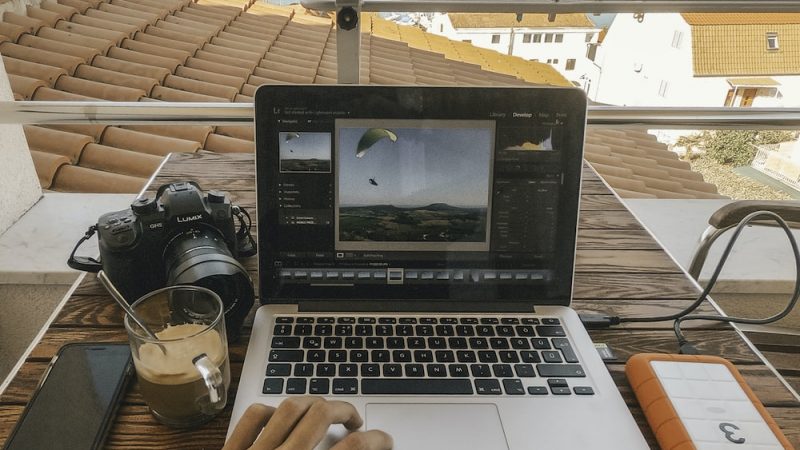Are you struggling to break through in your career? It’s natural to feel stuck at times, especially if you’re feeling pressure from work or other responsibilities. But instead of getting stressed, see this as an opportunity to deepen your knowledge and skillset. Creating a personal development plan can help you grow professionally and reach new career heights. If you’re not sure where to start, a personal development plan is an excellent tool for staying on track with your professional goals.
Whether you’re looking for a promotion at work, thinking about switching industries, or just want to accelerate your career growth in general, the following tips will help you create a personal development plan that works for you. Developing your personal potential is essential for anyone who wants professional success. You need to understand yourself better, track your progress and identify gaps in your skill sets. A personal development plan will provide the structure that can get you there faster. Read on to know more…
Read also:
How To Turn Mundane Tasks Into Meaningful Work
How to Handle a Passive Aggressive Boss at Work
Transitioning From Mid-Career Crises to Successful Entrepreneurship
What is a personal development plan?
A personal development plan (PDP) is the roadmap you create for growing and developing professionally. It’s an excellent tool for setting and achieving your career goals, because it helps you think through exactly what you need to do to succeed. By setting up a PDP, you’re committing to a regular schedule of self-assessment and course correction.
You’ll start moving toward your goals faster, because you’ll be more intentional about growing in the areas you need to excel. A PDP can be as formal or informal as you want. It can be as simple as keeping a list of books you want to read, a journal of your professional challenges and their suggested solutions, or a list of workshops and seminars you want to attend. It doesn’t matter what form your PDP takes as long as you use it to guide your learning and development.
Decide what you want to learn and change
The first step in creating a personal development plan is to decide what you want to change in your life. This might include skills you need to improve, new knowledge you want to acquire, or habits you want to change. We all have blind spots that keep us from reaching our full potential.
This can be a skill we’re missing, a personality trait we need to change, or an area of knowledge that’s lacking. In order to create a personal development plan, you need to understand where you’re currently lacking so you can identify what you need to change. This can be challenging if you’re not being honest with yourself, but it’s essential to your success. If you don’t know what you need to change, you can’t create a plan to address it.
Set measurable goals
Once you’ve identified the areas you want to change, you need to turn those into specific goals. While it’s helpful to have the end goal in mind, it’s even more important to know the steps you need to take to get there. Once you know what you need to learn and change, you need to translate that into specific goals.
For example, let’s say you want to improve your presentation skills. Your end goal is to become a better presenter, but that’s a pretty vague goal. Instead, set specific goals for what you need to do to get there. For example, you might set goals like reading a book on public speaking, sitting in on a few presentations, and asking for feedback from a colleague who you admire.
Choose the activities that will help you change
First, you need to identify the activities that will help you change. The key here is choosing activities that will help you achieve your specific goals. For example, you may think reading a book on public speaking is a good idea, but what if you really need to learn how to use PowerPoint? While reading a book is a good way to learn, it’s not the best way to learn what you need. You might have a colleague who could sit down with you and walk you through the basics of presentation skills. Or, if you’re looking to change your communication style, you might want to attend a communication training seminar with other people who are also interested in improving their skillset.
Track your progress and reflect
Finally, you need to track your progress and reflect on your successes and challenges to create a successful personal development plan. Keep a journal, list, or spreadsheet of the progress you make. That way, you can track your progress and see how your personal development plan is working for you. When you reflect on your progress, you get the chance to identify challenges you’ve encountered and come up with solutions for how to address them. You can then add those to your journal or spreadsheet so you have a record of how to overcome challenges in the future.
Conclusion
Creating a personal development plan is an excellent way to stay on track toward reaching your professional goals. By choosing the areas you want to improve and setting specific goals, you can identify what you need to change and find the best ways to grow. It’s important to track your progress and reflect on your successes and challenges to ensure your plan stays on track.





